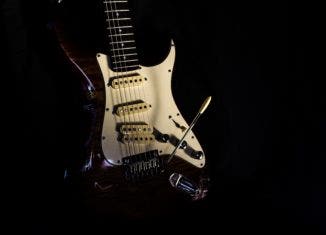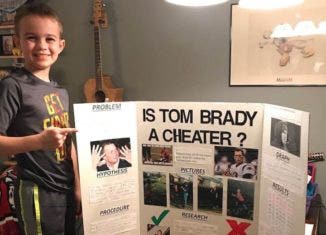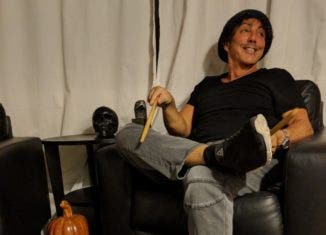Charlottesville: The Aftermath
By Eben Brown.
A summer night can be quite comfortable, even in the Virginia heat.
I’m used to Florida summer nights; despite twilight the heat and the humidity stay like the long-term friend who won’t leave a after the dinner party. But the temperature dipped enough Sunday evening and there was even a slight breeze which felt cool.
Comfortably cool.
And on the skinny street corner of Fourth and Water, it was cool. Hundreds of people had shown up, with candles light and in various styles of dress. Facial piercings and bookworm eyeglasses. Polo shirted men hugged neon-haired leather clad women. White women held hands with black men and every body smiled through their tears.
Comfortably cool.
That wasn’t how it must have felt 24 hours earlier. A group of the counter-protesters (some who might proudly label themselves ‘Antifa’ and others who just don’t like racist junk) were rammed by a man in a car. And one young lady, whose family tells of how she hoped the do good in the world, was killed.
The man in the car we’ve learned has a long fascination with Nazism going back to his high school years. Not surprisingly, we’ve learned he’s a flunkie. His mother confessed to not knowing what he was into politically. He tried joining the U.S. Army, only to be sent home because he just couldn’t keep up.
But now, on Sunday evening, I met people who just wanted peace. They understand they’re strife in the country now. That race relations have degraded and that political rhetoric is tearing neighborhoods and friendships apart.
Dan Schleifer’s lived here since his childhood. He’s moved away few times but always keeps coming back. He still calls the downtown park space “Lee Park” even though it’s now supposed to be called “Emancipation Park.”
“It still has the statue of Robert E. Lee in the center of it, yeah.”
That statue might be to blame for this. The city opted, like many other Southern cities, to remove the monument. Such moves have been a battle cry for those identifying themselves as ‘alt-right.’ Removal of such monuments, they cry, is historical cleansing.
Schleifer tries to see both sides.
“I can understand people not wanting to erase history,” he says. “Post-Nazi Germany, to this day, they teach what happened in the Holocaust. Honestly, growing up around here we discussed slavery in school but not at that level.”
But to move to violence? He can’t subscribe to it. He also knows, like many of his neighbors, the white supremacists are not from here. They’ve rallied here around the statue.
Davids Jackson has lived in Charlottesville more than 40 years. Her children are here. She’s an African-American woman engaged to a white man. And for the first time in her life, she’s scared to go out in public.
“They’re still here,” she says. “They’re antagonizing me, other black friends that I have. Calling us the ’N-word’.”
Schleifer hopes the rest of the nation realizes this isn’t particular to Charlottesville, to Virginia or even the South.
“It’s happening, period, in this country. The fact that it’s in my backyard doesn’t honestly make it worse, just the fact there are people marching around with swastikas, saying ‘Hitler did nothing wrong,’ terrorizing black people, Muslims and Jews. It’s disgusting.”
Jackson concurs.
“They’re not even humans.”






